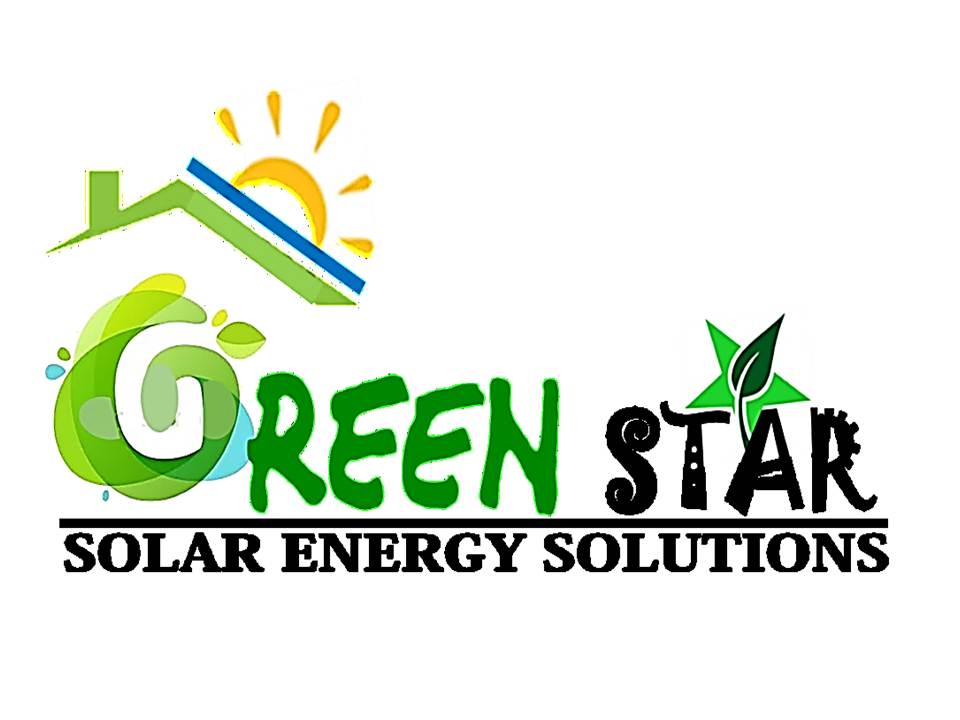Best guide for installing a solar System
- Location and position
Choosing a proper location solar panels as well as inverter is a crucial step in a successful installation of a solar system. Today’s solar equipment should last up to twenty years, but location plays a role in that lifetime. Although many inverter warranties are not voided by installation in direct sunlight, it is best practice to install in a location that provides the cleanest, coolest setting possible. In the end, these are power electronics. Power electronics will always perform better by not derating on hot days, and their components will last longer in the shade. The inverter’s positioning is important as well. Consider a position that allows ease of access, because servicing or repairing the inverter may need to be done following an install. The standard for an inverter rating for an install should be NEMA 4X. This ensures the inverter is well-rated for harsh conditions, especially when the install doesn’t allow for that convenient, shady spot.
When working with electricity, safety should always be a primary concern. Always follow safety procedures and comply with NEC and local codes, and remember to always allow setback space for code and ventilation reasons, as well as clearance for code mandated setbacks and gas meters and vents.
- Know Inverter types
- Solar Inverter is one of the most important components in a solar power plant system. its function is to convert DC into AC.
- Solar inverters are also called PV inverters, solar PV inverters or PV solar inverters. In the whole power generation process, solar panels do half the power generation job, and they do the other part. They have at least three types: grid-tie, off-grid and hybrid. The three types are used in the grid-tie, off-grid and hybrid systems respectively. The only Hybrid inverter can be mixed to use in different operating type at grid-tie , off-grid and battery backup mode. But the Grid-tie and off-grid can not be used at mixed solar system.
- All the power in a solar system flows through the solar inverter. Any fault with the inverter will ultimately effect the functioning of the entire solar system. Therefore, the solar inverter becomes the most critical component of a good solar system. The efficiency of the solar system depends much on the working of the solar inverter.
- Their efficiency directly leads to the total efficiency of the whole solar PV system. Therefore, their efficiency is also a focal point. The highest conversion rate even reach up to 99% in theory. Inverters for large-scale factories can reach an efficiency of 98.5%, and those for home can be as efficient as 97% or so. The space for conversion rate is not large, and so manufacturers are trying to improve their attached functions such as cooling system and topology.
- Omnik is an innovative high technology Sino-German joint venture, specializes in R&D, manufacturing and marketing of solar (PV) inverters.
There are several types of inverters used with solar panels:
- Standalone Inverters allow for off-grid use or backup power when the grid goes down. They are large boxes that can be installed in a garage or utility closet that use mechanical rotors to switch the direct current to alternating. These inverters have a built-in battery to store and supply power during an outage and are completely centralized.
- Grid-tie inverters connect your solar panels directly into the grid at your power meter, allowing you to sell excess power back to the utility company. These are often cheaper than standalone inverters because they don’t have a battery, but they don’t offer any backup power during an outage. Legally, these systems also require “anti-islanding protection,” which shuts off the connection between panels and the grid during a power outage to protect utility workers who may be making repairs in the area.
- Dual-inverter systems include both a standalone inverter with a battery and a grid-tied inverter to allow you to sell excess power back to the utility company. These systems are more expensive, but they offer the advantages of both kinds of inverters and maximum energy security.
- Micro inverters are a new option that connect to the back of individual solar panels and convert the DC power to AC on the roof, before it enters your home. They allow each panel to operate independently, so that if one goes down or is shaded, the others will still function. They are also marginally safer than a centralized system. However, micro-inverters require extra time to install and may require multiple visits to replace them, increasing the lifetime cost of the system.
- Strings and Wires
wiring and mounting is also an important component of installation to keep in mind while trying to lower costs. Keep it simple. Inspectors will scrutinize your installations less if they see wiring that is clean and well-organized. Some inverters can be very different than others when it comes to wiring access, deep wiring compartments are tricky to get your hands and into, and attaching ground bushings and lugs can be a nightmare. Well-designed inverters should have space for service loops and attachment points for zip-ties to keep wire management clean.
- Complex communications
Proficiently installing, commissioning and connecting data communications for inverters has traditionally been a complex task because inverters used many different communications platforms. In many cases, an IT professional with a laptop was needed to connect an inverter to the internet. With today’s technology, connections are simple using Wi-Fi and a smart phone app- an installer can even leave the process up to a homeowner. SunSpec Modbus has become the standard for commercial communications to third party hardware, and provides simple to wire and plug-and-play integration and provisioning.
